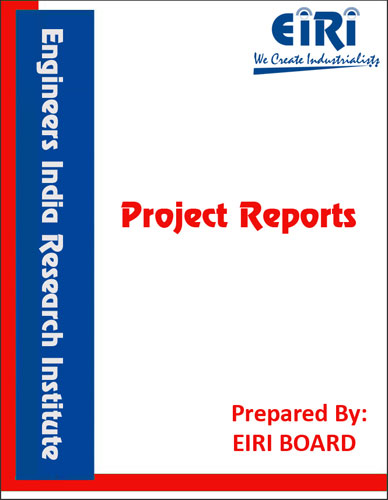SUGAR CANE WAX FROM PRESS MUD
The project report includes Present Market Position and Expected Future Demand, Market Size, Statistics, Trends, SWOT Analysis and Forecasts. Report provides a comprehensive analysis from industry covering detailed reporting and evaluates the position of the industry by providing insights to the SWOT analysis of the industry.
We can prepare PROJECT REPORT as per your INVESTMENT PLAN for BANK LOAN REQUIREMENT and INDUSTRY ANALYSIS. All reports are prepared by highly qualified consultants and verified by a panel of experts.
Have Query? Click Here to Chat
Industry Expert is Online, Chat with him for more detail.

Many substances that can be used in place of natural waxes as ingredients in proportions and the term “Wax” also identifies the finished compositions providing the time honoured services associated with waxing treatment.
Waxes are widely distributed in nature with commercially important representatives in each of the following classifications :-
1. Animal (including insects)
2. Vegetable, and
3. Minerals.
Through chemical analysis of wax found that cane sugar wax and many other waxes had a similar molecular structure of the principal compounds. The classical chemical definition of wax has been the esters of fatty acids and monohydric fatty alcohols.
Many other chemical structures also are common in the waxes and long chain hydrocarbon compounds are particularly important in the mineral wax classification. The organic structure that cause the water repellency and many of the other fatty characteristics of the waxes are the long alkyl chains.
Sugar cane wax occurs on the surface of the cane steams, if the giant grasses “Saccharam officinaracess” etc. Cultivated in the production of raw sugar. Much of the particular waxes is carried into the juice stream in the cane crushing and washing materials and dirt. The suspanded materials including the wax separates from the juice and concentrate in the large classifiers. After the mud is filtered and washed for residual
sugar, the wax is extracted from the filter cake along with oils and resins by the use of solvents such as petroleum naphthates.
Waxes are used in many industries for a wide variety of applications such a paper coating, polishes electrical insulations, carbon papers, textiles, leather, precision casting pharmaceuticals etc.
1. INTRODUCTION
2. USES AND APPLICATIONS
3. PROPERTIES
4. MARKET SURVEY
5. RAW MATERIALS
6. MANUFACTURING PROCESS
7. PROCESS FLOW SHEET
8. SUPPLIERS OF PLANT & MACHINERY
9. SUPPLIERS OF RAW MATERIALS
APPENDIX – A:
1. COST OF PLANT ECONOMICS
2. LAND & BUILDING
3. PLANT AND MACHINERY
4. FIXED CAPITAL INVESTMENT
5. RAW MATERIAL
6. SALARY AND WAGES
7. UTILITIES AND OVERHEADS
8. TOTAL WORKING CAPITAL
9. COST OF PRODUCTION
10. PROFITABILITY ANALYSIS
11. BREAK EVEN POINT
12. RESOURCES OF FINANCE
13. INTEREST CHART
14. DEPRECIATION CHART
15. CASH FLOW STATEMENT
16. PROJECTED BALANCE SHEET



